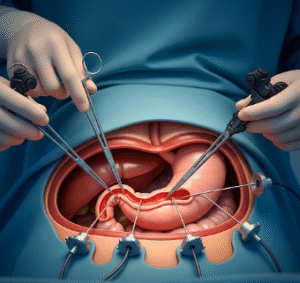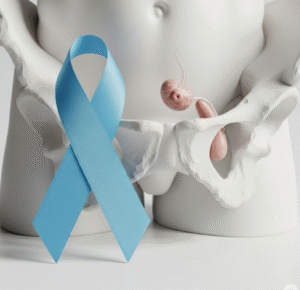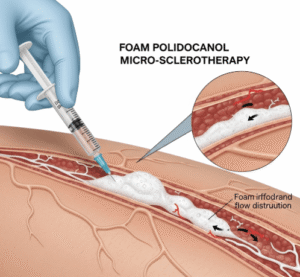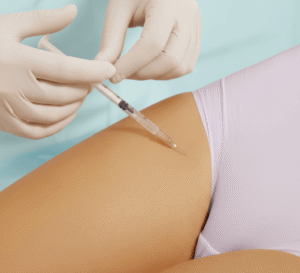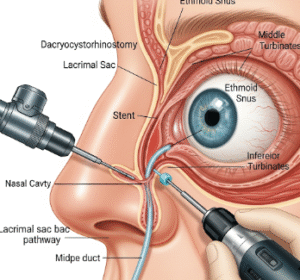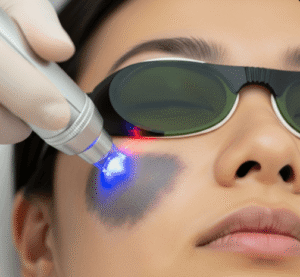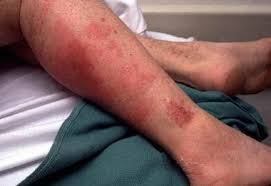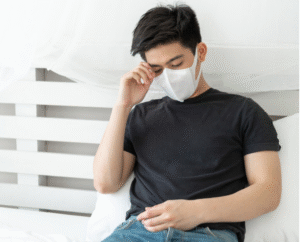What it is
Transepidermal drug delivery (TED) is a modern dermatological technique that enhances the absorption of active ingredients into the skin by temporarily increasing the permeability of the epidermis. This allows serums, peptides, growth factors, or regenerative compounds to penetrate deeper than traditional topical applications.
TED is performed using energy-based devices or microneedling systems that create micro-channels in the skin without causing significant damage. In Korea, TED is widely used in aesthetic dermatology to maximize the effects of skin boosters, whitening serums, anti-aging peptides, and regenerative injectables.
Why it’s done
Patients undergo TED for:
- Enhanced absorption of active ingredients that cannot penetrate on their own.
- Skin brightening → Delivery of whitening agents (e.g., vitamin C, tranexamic acid).
- Anti-aging → Delivery of peptides, hyaluronic acid, or growth factors for elasticity.
- Acne and scarring → Infusion of anti-inflammatory or regenerative compounds.
- Melasma management → Direct delivery of tranexamic acid into pigmentation-prone skin.
- Overall rejuvenation → Improvement of skin tone, hydration, and texture.
In Korea, TED is often positioned as a non-invasive alternative to injections, making it attractive to patients who want results without needles.
Alternatives
Other skin delivery systems include:
- Topical skincare → Standard creams and serums (limited penetration).
- Injectables
- Skin boosters (Rejuran, Juvederm Volite, Profhilo).
- PRP (platelet-rich plasma) injections.
- Microneedling → Creates micro-channels but usually involves needles.
- Laser-assisted drug delivery (LADD) → Fractional lasers create channels for serum infusion.
- Iontophoresis / Electroporation → Uses electric currents to enhance absorption.
Korean dermatologists often combine TED with microneedling, lasers, or skin boosters for synergistic results.
Preparation
Before TED treatment in Korea:
- Consultation → Skin analysis with imaging devices to identify main issues (pigmentation, elasticity, dryness, scars).
- Medical review → Allergies or sensitivity to active ingredients checked.
- Pre-treatment care
- Avoid retinoids, peels, or strong exfoliants for 3–5 days.
- Keep skin well-hydrated.
- Expectation counseling → Results are gradual and require multiple sessions.
How it’s Done
A typical TED session in Korea follows these steps:
- Cleansing & prep → Makeup and sunscreen removed.
- Exfoliation (optional) → Gentle peeling to improve penetration.
- Device-assisted delivery →
- Microneedle-free devices (like TED™ systems, JetPeel, or Dermalinfusion) use pressure, ultrasound, or electroporation to open skin pathways.
- Active serums (whitening, anti-aging, regenerative) are applied simultaneously.
- Soothing therapy → Cooling masks, LED healing light, and antioxidant serums.
⮕ Session time: 30–45 minutes. Multiple sessions (4–6) are recommended for best results.
Recovery
TED is a no-downtime treatment:
- Mild redness → Resolves within hours.
- Immediate hydration and glow noticeable after the first session.
- Results build gradually with repeated treatments.
- Maintenance → Monthly or quarterly sessions are common in Korea.
Korean clinics support recovery with:
✔️ Cooling therapy.
✔️ Soothing K-beauty creams with centella asiatica, panthenol, and hyaluronic acid.
✔️ Strict sun protection to preserve results.
Complications
TED is very safe, but possible mild effects include:
- Temporary redness or tingling.
- Dryness if too frequent without moisturizing care.
- Rare allergic reaction to infused ingredients.
Korean clinics minimize risks by performing patch tests for sensitive patients and customizing serums to skin type.
Treatment Options in Korea
Korea has become a global hub for transepidermal drug delivery, thanks to its integration of high-tech devices and advanced cosmeceuticals:
- Popular Korean TED devices → JetPeel, Aquapure, and ultrasound-based systems.
- Active serums used
- Pigmentation: Tranexamic acid, vitamin C, niacinamide.
- Anti-aging: Peptides, hyaluronic acid, growth factors.
- Regeneration: Rejuran (PN extracts), stem cell–derived exosomes.
- Acne: Salicylic acid, anti-inflammatory complexes.
- Signature Korean protocols
- TED + Pico laser for melasma.
- TED + RF microneedling for scars and elasticity.
- TED + skin boosters for hydration and glow.
- Preventive care → Younger patients use TED for skin brightening and hydration, while older patients combine it with collagen-stimulating therapies.
- Medical tourism appeal → Many international patients choose TED in Korea because it is needle-free, comfortable, and integrated with luxury K-beauty aftercare.
✅ Key Point: Transepidermal drug delivery in Korea is a needle-free, safe, and effective method of infusing active serums deep into the skin. By combining cutting-edge devices, personalized serums, and K-beauty aftercare, Korean clinics provide patients with radiant, hydrated, and youthful-looking skin without downtime.




